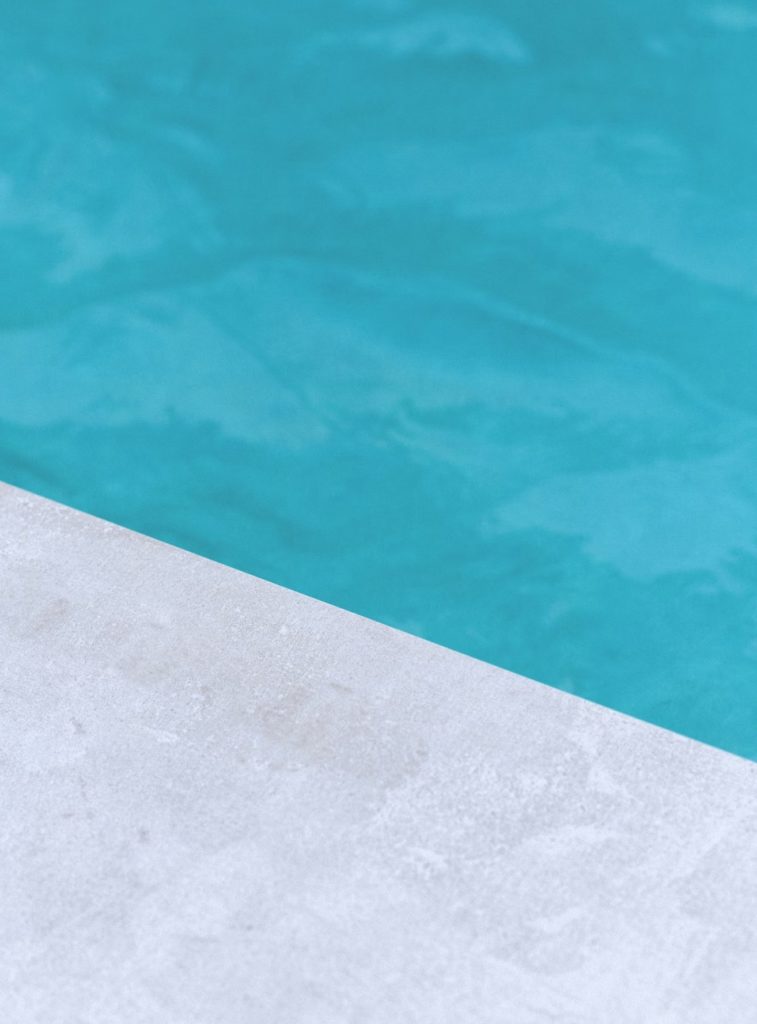
 Building an in-ground pool is a complex process that involves several phases to ensure a high-quality finished product. Each phase is crucial to the overall success of the build, and it’s important to pay attention to detail throughout the entire process. Here is a high-level breakdown of the steps involved in building a traditional in-ground pool:
Building an in-ground pool is a complex process that involves several phases to ensure a high-quality finished product. Each phase is crucial to the overall success of the build, and it’s important to pay attention to detail throughout the entire process. Here is a high-level breakdown of the steps involved in building a traditional in-ground pool:
Design the Pool & Building Plans
The first step in building an in-ground pool is to design it. This includes determining the size, shape, and overall layout of the pool, as well as deciding on any additional features such as a spa or waterfalls. The design process also includes creating a detailed plan that outlines the location of the pool, the type of materials to be used, and any specific requirements for the project.
Measure and Mark the Pool Shape and Equipment Locations
Once the design has been finalized, the next step is to measure and mark the area where the pool will be built. This involves taking precise measurements of the site and marking the boundaries of the pool with spray paint or flags. This step is crucial to ensure that the pool is built to the correct size and shape.
Dig a Big Hole
The next step is to dig the hole for the pool. This is typically done using heavy equipment such as excavators, and it’s important to dig to the correct depth and shape. This step will also include installing any underground utilities such as plumbing and electrical lines.
Add Steel Reinforcement
Once the hole has been dug, the next step is to add steel rebar. This is a grid-like structure of steel bars that provides additional strength and support for the pool. The rebar is typically installed in a crisscross pattern and is anchored to the sides of the hole using special brackets.
Install Plumbing and Electrical
After the steel rebar is in place, the next step is to install the plumbing and electrical systems for the pool. This includes running water and electrical lines to the pool, as well as installing any necessary equipment such as pumps and filters.
Add Swimming Pool Equipment and Pumps
After the plumbing and electrical systems have been installed, the next step is to add the equipment and pumps. This includes things like the pump, filter, heater, and any other necessary equipment.
Spray and Spread the Concrete (Gunite)
Once the equipment and pumps are in place, the next step is to add the gunite. Gunite is a mixture of concrete and sand that is sprayed onto the rebar structure to form the walls and floor of the pool. This step is crucial for creating a strong and durable pool.
Build Out Tiling, Coping and Decking
After the gunite has been added, the next step is to add the tile, coping, and decking. The tile is added to the walls of the pool, the coping is added to the top of the walls, and the decking is added around the pool. These materials are used to create a finished look and provide a slip-resistant surface.
Apply Plaster Layer
The next step is to apply a layer of plaster to the pool. The plaster is used to smooth out the surface of the pool and create a smooth finish. It also helps to seal the pool and protect it from water damage. The plaster needs to be allowed to cure before adding water to the pool. This typically takes anywhere from 7 to 14 days, depending on the weather conditions and the plaster manufacturer’s recommendations. During this time, the pool should be kept covered and protected from debris, and the plaster should be misted with water to keep it moist and prevent cracking.
Fill the Pool with Water
Filling the Pool with Water: After all the previous steps have been completed, the final step is to fill the pool with water. This process can take several days, depending on the size of the pool, and it’s important to ensure that the water is properly balanced with the appropriate chemicals to prevent damage to the pool’s surface and equipment.
Building an in-ground pool with gunite is a complex process, but the end result is a beautiful and high-quality pool that will provide years of enjoyment.
Hire a Pool Builder with Decades of Experience
Hiring an experienced pool builder such as Casey’s Pools is important for several reasons. First, an experienced pool builder understands the technical aspects of building a pool and can handle any challenges that may arise during the construction process.
Secondly, an experienced pool builder has a proven track record of completing projects on time and within budget. They know how to properly schedule and coordinate the various stages of the pool building process to ensure that the project is completed efficiently and effectively.
Thirdly, experienced pool builders have a good understanding of local building codes and regulations and will ensure that the pool they build is in compliance with all safety standards. They also have a better understanding of the permits and inspections required, and can help you navigate this process. Casey’s Pools has been down the code road.
Lastly, an experienced pool builder can provide you with valuable advice and recommendations regarding the materials, equipment, and features that are best suited for your pool. They can also offer suggestions on how to maintain the pool and ensure its longevity. Some Katy families are still living in the same houses and enjoying the pools we built for them decades ago.
In summary, hiring an experienced pool builder is important for ensuring that your pool is built to the highest standards, completed on time and within budget, and in compliance with all safety standards. Working with Caseys Pools gives you peace of mind that your pool is built by professionals.







